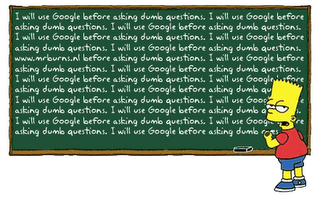Marcelle Diambra Odi
Chap. 9: Computers
ED636
Dr. M. Rivera
Computer is the invention that has brought rampant changes in our daily life and particularly in the school system.
Computer offers an important support to the teacher but in no means can it replace him, mostly at the primary and secondary levels.
Most teachers are nonusers of computer in classroom because they’re intimidated by the technology.
The purpose of this chapter or other materials dealing with the subject is to inform and educate the teachers in the use of the tool.
It appears that the University of Illinois was a pioneer in introducing computer in the classroom in 1960.
The invention of the microprocessor followed by the microcomputer in 1975 make it possible today to make a full use of the computer.
They’re 2 major applications of computers in instruction:
-computer-assisted instruction (CAI)
-computer-managed instruction (CMI)
In the CAI , the student interacts directly with the computer in a controlled sequence in a form of drill-practice and self-test.
In the CMI the computer serves as a liaison between the teacher and the student for instructional purpose. It also stores valuable information pertaining to teacher and the student.
The roles of computers
Computers have many functions in the school system and everywhere else. In administration computer is used to keep records, to type letters, to do scheduling of classes, to do payroll and many more.
In the classroom we can think of 5 types of applications:
- as an object of instruction
- as a valuable tool for the teacher as well as for the student
- as an instructional device
- as a catalyst for school restructuring
- as a means of teaching logical thinking
Computer has the advantage to allow the student to work at his own pace and time sometime, it presents the different activities in a way that it captivate the attention of the learner, it also provide a broad diversity of learning experiences.
Computer has limitations that can be controlled. One of the limitation of computer is the lack of social interaction. The cost factor is also a limitation for certain social classes and countries.
In the school system , if the computer has to become a great tool the teacher has to learn to work with the technology and be completely computer-literate.






